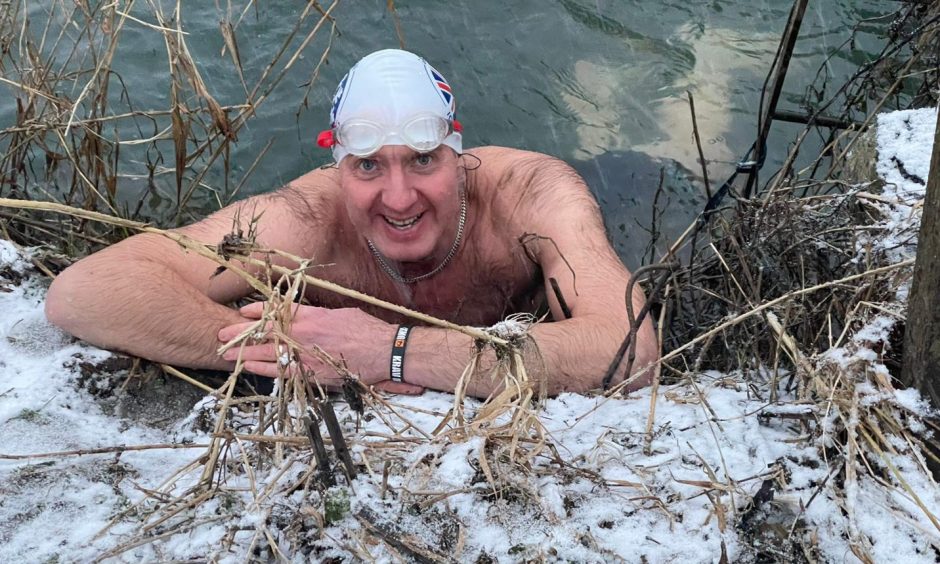
Euan Stewart is one of the UK’s most hardcore swimmers.
The retired Tayside police officer, from Broughty Ferry, just competed in the first ever ice swimming European championships, clinching the top spot in four contests.
The competition took place in the frigid waters of an outdoor Olympic pool in Oradea, Romania.
Around 320 athletes from 27 countries across Europe battled it out in teeth-chattering temperatures of between 2 and 4C to compete over three days.
No wetsuits were allowed – competitors wore either trunks or a swimming costume, swim cap and goggles.
Taking the top spots
Euan was among five Scots selected as part of a wider GB group, all of whom picked up medals in what was a huge haul for Britain.
Euan was on fire in the freezing conditions, winning gold in all four of his individual swims and registering an astonishing four age group world records.
He claimed new benchmarks in the 50m butterfly (30.18), 100m butterfly (1:10.90), 50m breaststroke (36.18) and 100m breaststroke (1:21.59) in his age group category of 55 to 59.
All swims were from a push start, rather than a dive.
The dad-of-two has always been a keen swimmer and in 1994, he swam for Scotland in the Commonwealth Games in Canada.
Euan, 54, joined the police in 1995, working in various towns across Tayside in a range of roles – from uniformed officer to working in the road policing unit.
During his service, he competed for many years in swimming and life-saving competitions for the police both nationally and internationally.
However, when life became busy with family and work commitments, Euan stepped down from swimming competitively.
Wake-up-call
It was only after a health scare in 2017 that he started returning to the pool – and venturing into the sphere of outdoor swimming.
He was diagnosed with “unstable angina” – a dangerous type of chest pain that can lead to a heart attack.
“It was a bit of a wake-up call,” he reflects. “I was swimming in the Olympia pool in Dundee before work one morning and had chest pain.
“Doctors discovered my left coronary artery was three quarters blocked. I had to have a stent put in. And so I now officially suffer from heart disease.
“It’s in an area of the heart known as the ‘widow maker’, so it was a huge concern.”
Pushing his limits
Having been an athlete all his life, Euan wanted to test himself physically after his diagnosis and treatment – to push and find his new limits.
He took to cycling with friends and then started swimming outdoors in cold water.
“I’d done the odd New Year’s Dook down at the Ferry, but hadn’t really pushed myself to swim outdoors,” he recalls.
“I started going out into the sea a bit more and realised I really liked swimming outside – more than being in a pool.
“After my health scare, I really felt I’d dodged a bullet. I appreciated getting a second chance and wanted to push myself to feel I was still in the fight and I wasn’t broken.
Braving chilly Scottish waters
Euan took to swimming in the sea and in lochs, dams and rivers across Tayside and Fife. The chilly temperatures didn’t put him off.
“I was up at Loch Brandy in Glen Clova when it was snowing – and it was just 1.3C,” he reveals.
“I regularly swim in the Tay as it’s close to where I live and very accessible, whether at Broughty Ferry, Riverside or Wormit. I also enjoy Laird’s Loch near Piperdam.
“The sea can be very cold. Recently it was down to 4C. But even temperatures of 6C and 7C are good enough to train in, believe me!”
Competitions galore
Euan competed in two distance swims in Loch Tay and the 2018 winter swimming championships at Kenmore.
And as a member of Wormit Boating and Watersports Hub, he often swims up to the Tay rail bridge, to Tayport, or from Balmerino.
While the concept of “ice swimming” might conjure up images of hardy bathers navigating blocks of frozen water, the extreme aquatic sport need not actually involve ice.
Rather, the rules depend on the event – and the European Ice Swimming Championship (run by the International Ice Swimming Association), stipulates that the water temperature must be under 5C to qualify as an ice swim, and be outdoors. But of course, wind chill can intensify the cold!
Icy challenges
Other challenges take place in lakes, seas, rivers and often in a course cut into surface ice – a frozen river in Siberia, for example.
To put things into perspective, the inside of most fridges is between 3C and 5C.
Setting new records
While Euan is delighted with his wins, he’s aiming to get fitter and improve on his times.
“Even though I’m, getting older I think I could probably shave some time off with more training,” he says. “I love swimming, and I love swimming fast.”
Despite being 54, Euan competed in the age 55 to 59 category. That’s because the rules go by the age you are in the year of the swim – and Euan turns 55 in November.
“I have four or five years to improve on my times,” he says. “But you never know where the next 55-to-59-year-old ex-Olympian is going to show up!”
Tough training regime
Euan’s training for the European championships consisted of a mix of indoor and outdoor swimming.
“You train indoors to get fit – you need to stay in the pool for an hour or two and do some interval training using the clock so you can gauge progress,” he explains.
“To condition yourself and acclimatise – and for enjoyment – you need to swim in outdoors. So it’s great to have the River Tay on my doorstep.
“Some of the inland lochs are really good but yes, the likes of Loch Brandy can be very cold. You can’t hang around!
“The cold just bites into you right away. I’d probably not stay in for more than four or five minutes.”
Two years after his stent placement in 2017, Euan completely transformed his diet, essentially becoming vegan.
Benefits of cold water immersion
His next plan is to buy an ice bath and sit in it every day for 10 minutes.
“There are so many health and wellbeing benefits of cold immersion – more and more people are realising that,” he says.
Any advice for those of us who need a wee bit more persuading? Euan says it’s all about acclimatising and controlling your breathing.
“It’s a mindset. You have to be able to combat some discomfort initially,” he says.
“The natural shock response is to breathe in, gasp, or hold your breath, but don’t do that – breathe out steadily or forcefully as you submerge initially and try to establish a controlled breathing pattern.
“Once your breathing has steadied you’ll still be cold but you’ll be settled and able to stay in the water for a period of time.
“You’ll get major shivers when you come out but that’s just your body’s way of warming up, so don’t worry.
“The real risk is hypothermia. So if you stay in too long and start to feel easy, too comfortable, or warm, then you’re likely at the hypothermic stage and need to get out asap. Listen to your body before you get to the danger zone.”
Be prepared
Euan says preparation and aftercare are hugely important. And he strongly recommends never going alone to remote places for swims.
“You need to be organised with warm clothes to change into, a warm drink and shelter. “If there’s no shelter, make sure you get moving quickly.
It’s a mindset. You have to be able to combat some discomfort initially.”
Euan Stewart
“When I swam at Loch Brandy, I ran back down the hill to warm up. You can’t hang around.
“It’s not just about the water. It’s about how you feel mentally and what you do when you come out to get yourself warm again.
Reap the rewards
“But you’ll really reap the rewards of cold water immersion. You’ll feel great mentally and physically afterwards, and you’ll probably enjoy some of the best sleep ever.”
Looking to the future, he’s got his sights set on competing in the 2025 International Ice Swimming Association World Championships in Molveno in Italy.
When he’s not swimming in Scotland’s freezing waterways, Euan runs his own motorcycle tyre fitting business.
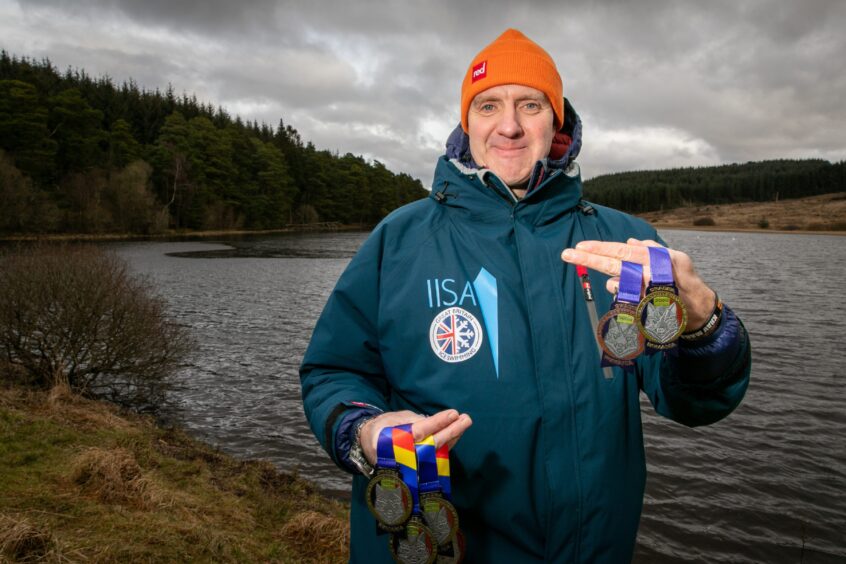
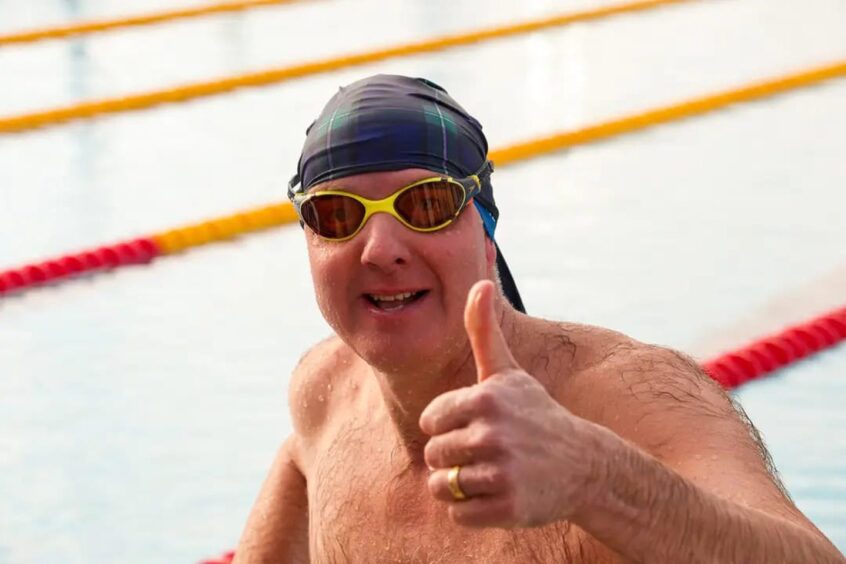
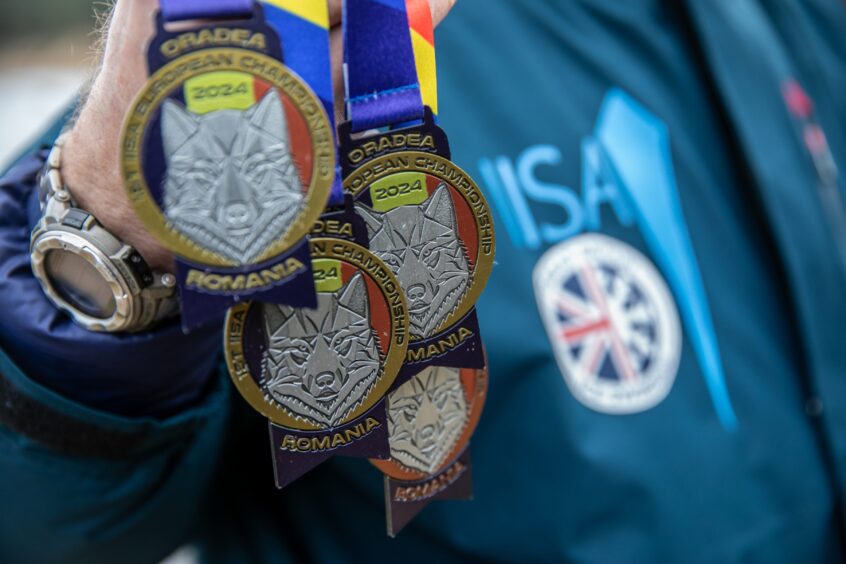
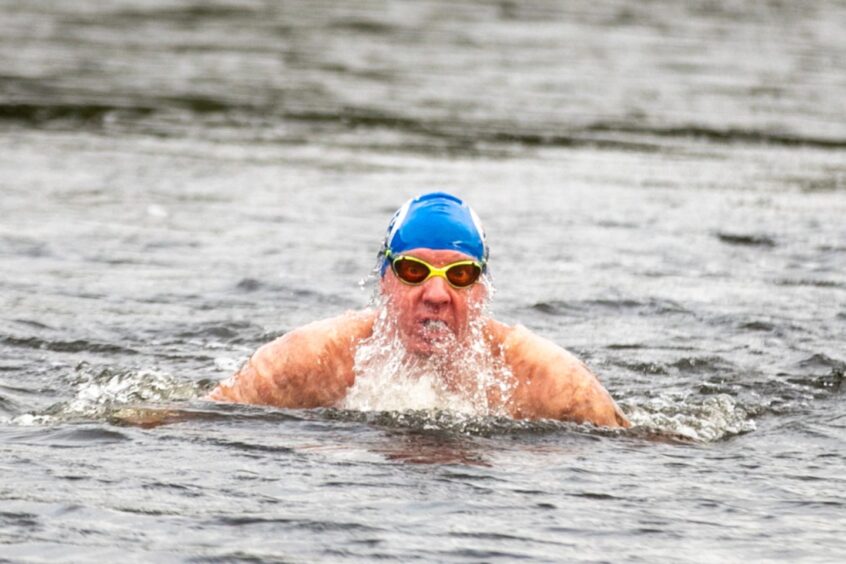
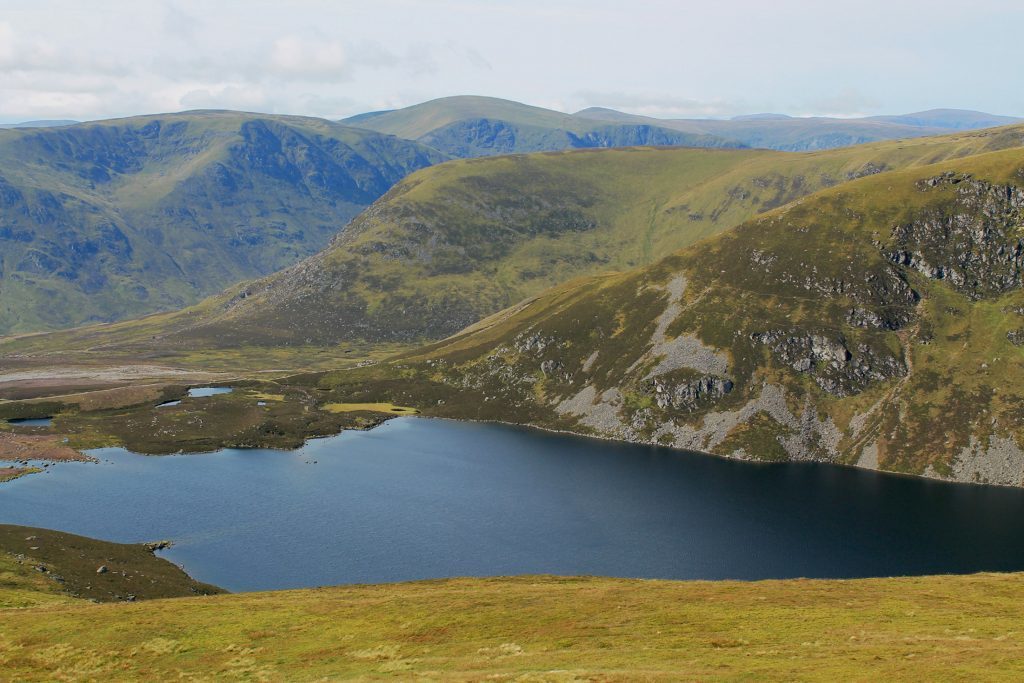
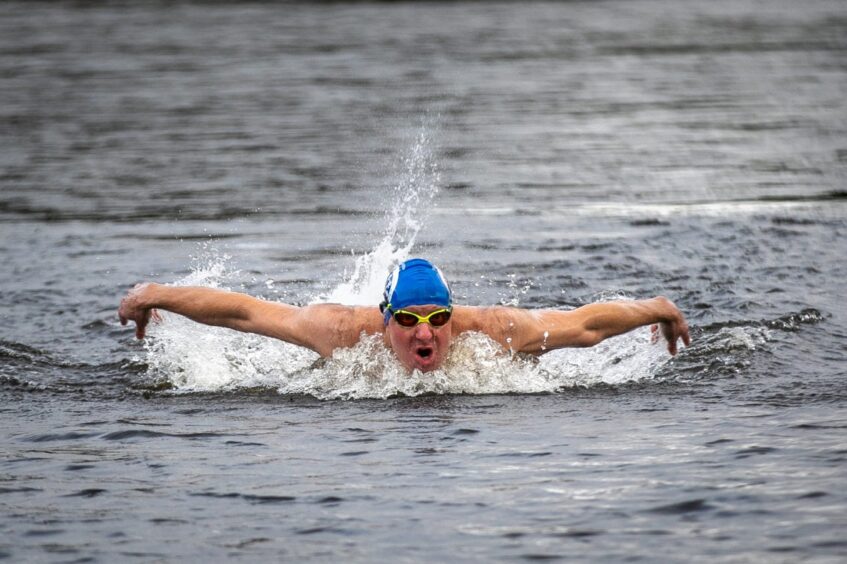
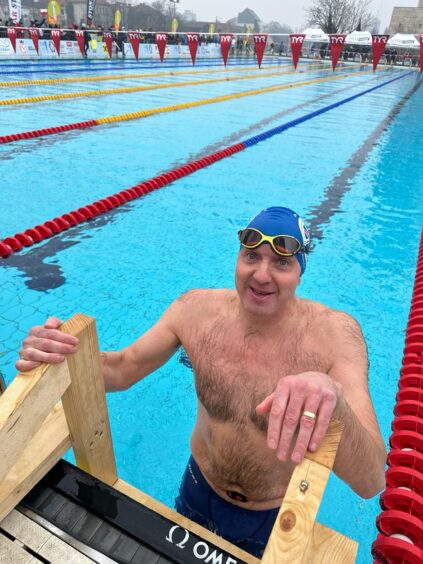


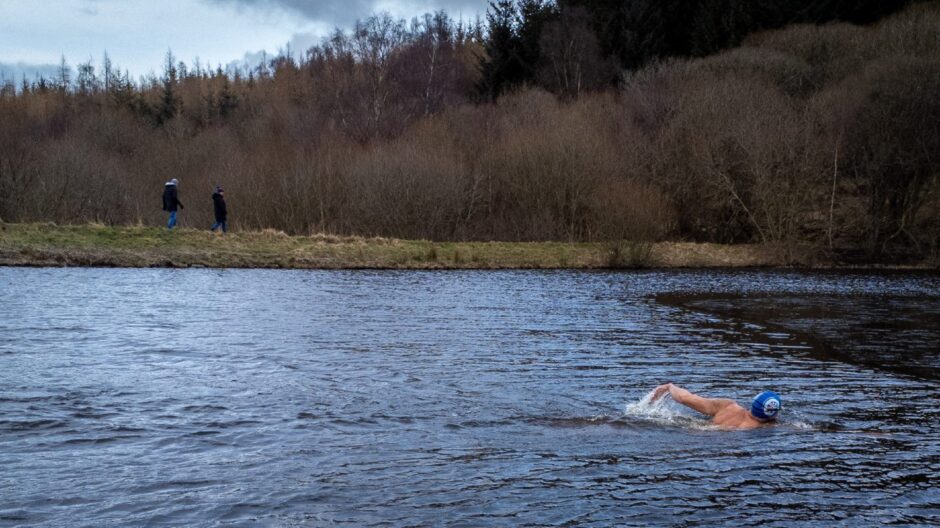
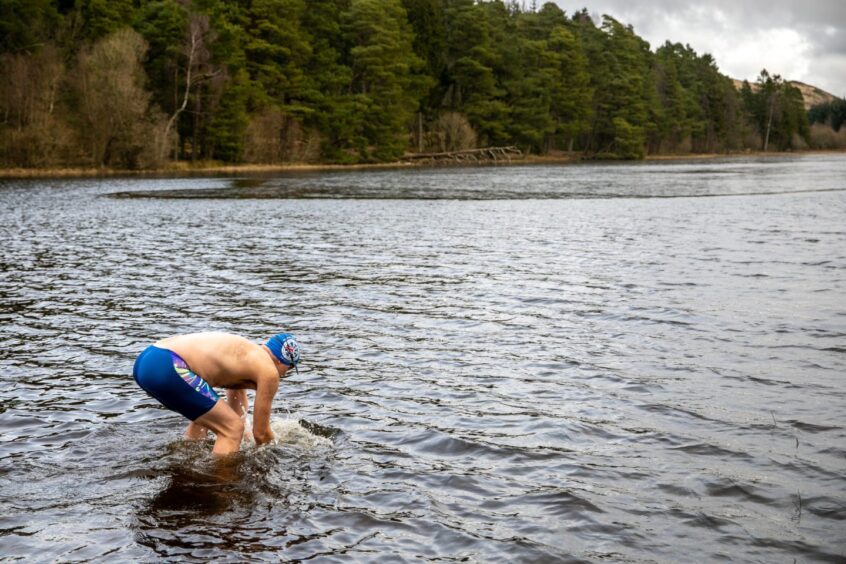

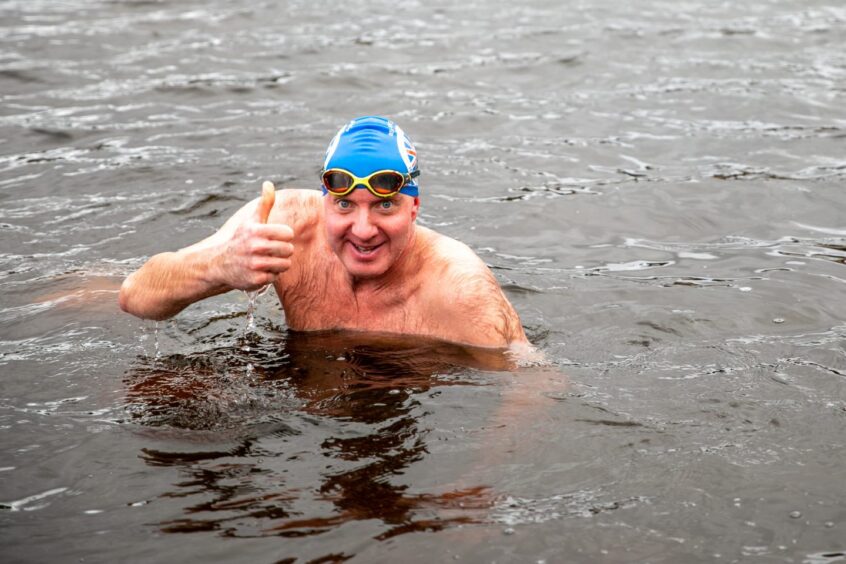
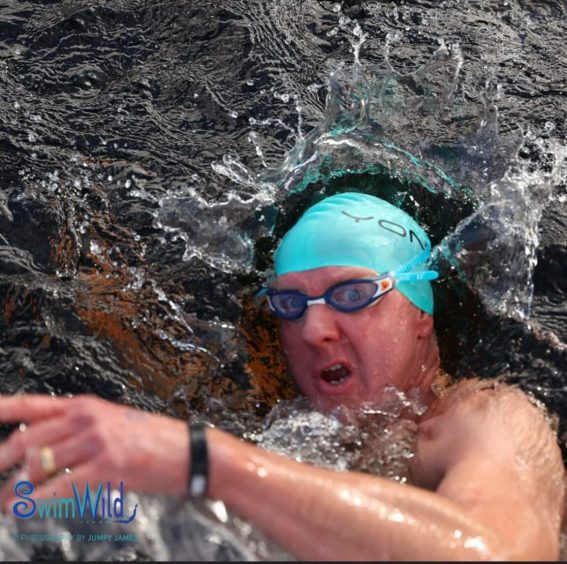
Conversation